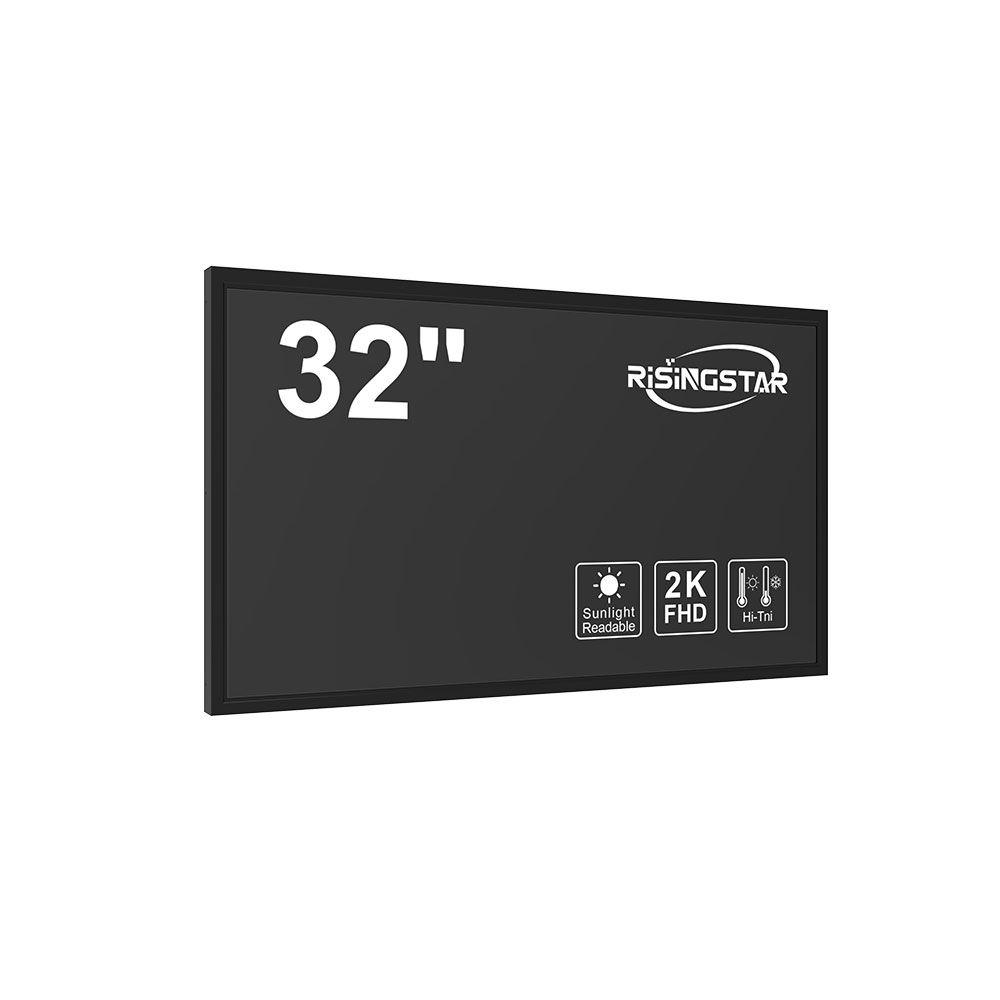- Home
- About Us
- Products
- News
- Video
- Contact
- Send Inquiry
Search
- Home
- About Us
- Products
- News
- Video
- Contact
- Send Inquiry

When designing outdoor digital signage solutions, selecting the correct display ratio and screen size is critical for visibility, impact, and return on investment. The most common aspect ratio for modern outdoor LCD screens is 16:9, which aligns with HD (1920x1080) and UHD (3840x2160) video standards widely adopted in broadcast, advertising, and public information systems. This widescreen format ensures compatibility with content created for smartphones, tablets, and desktops—making it ideal for dynamic video loops, social media integration, and real-time data feeds.
Available screen sizes for 16:9 outdoor LCD displays range from compact 10.1-inch units to massive 110-inch panels. Each size serves distinct use cases:
- 10.1”–15.6”: Ideal for portable kiosks, retail point-of-sale terminals, or mobile event setups. These sizes offer portability while maintaining readability at short distances.
- 18.5”–27”: Common in urban transit stops, restaurant menus, and small business storefronts. These mid-range displays balance cost, brightness, and clarity.

- 32”–55”: Widely used in shopping malls, airports, and corporate lobbies. These sizes ensure visibility up to 10 meters under sunlight, especially when equipped with 5,000–7,000 nits of brightness.
- 65”–110”: Designed for large-scale applications such as stadium displays, highway billboards, and open-air venues. At this scale, high-brightness LED-backlit panels combined with IP65+ weatherproof enclosures are essential for durability.
Industry standards like IEC 60068 and IP65/68 ratings govern outdoor display performance against dust, water, and temperature extremes (-30°C to +60°C). For instance, a 55-inch 16:9 outdoor LCD installed in a coastal environment must withstand salt spray corrosion—a factor often overlooked during procurement. Additionally, manufacturers like LG, Samsung, and NEC provide certified models that meet MIL-STD-810G for shock and vibration resistance, crucial for highway or railway installations.
Proper sizing also involves calculating viewing distance using the formula:
Viewing Distance (in feet) = Screen Height (in inches) × 3
For example, a 43-inch display (~11.5" height) has an optimal viewing distance of ~34.5 feet—an important metric for ensuring legibility without requiring viewers to tilt their heads.
In summary, choosing the right 16:9 outdoor LCD screen size isn’t just about aesthetics—it’s a technical decision influenced by brightness requirements, environmental conditions, content type, and viewer proximity. Partnering with certified integrators who understand local climate challenges (e.g., high UV exposure in Arizona vs. humidity in Singapore) ensures long-term reliability and maximum ROI.